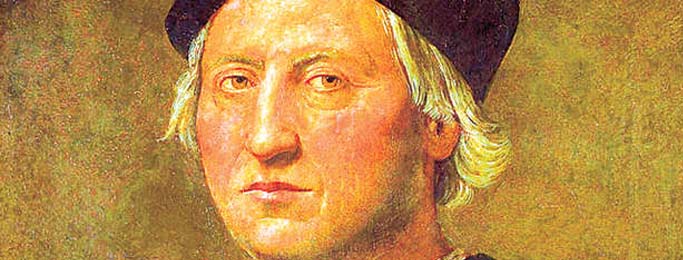|
Banderes d'estats nord-americans i a Puerto Rico
» Cal saber
Veure article d'Enric G. i Carles Camp en PDF
Rcordem abans que els colors de la bandera espanyola (groc I vermell) són dissenys aprovats l’any 1785 I utilitzats al 1875 per la marina espanyola i a partir de 1845 també per terra.
En aquestes webs oficials dels estats de NOU MÈXIC i de ARIÇONA s’hi diu literalment el següent:
Estat de Nou Mèxic

- www.50states.com/flag/nmflag.htm
"The yellow field and red symbol colors are the colors of Spain. First brought to New Mexico by Spanish explorers in 1540.
- www.netstate.com/states/symb/flags/nm_flag.htm
"The red and yellow colors are the colors of Isabel of Castilla brought to the continent by the Spanish Conquistadors.
- www.enchantedlearning.com/usa/states/newmexico/
"The colors red and yellow are used because they were the colors of the flag of the Spanish conquistadors who went to New Mexico in the early 1500's".
Estat d'Ariçona

- www.50states.com/flag/azflag.htm
"The 13 rays of red and gold on the top half of the flag represent both the 13 original colonies of the Union, and the rays of the Western setting sun. Red and gold were also the colors carried by Coronado's Spanish expedition in search of the Seven Cities of Cibola in 1540. The bottom half of the flag has the same Liberty blue as the United States flag. Since Arizona was the largest producer of copper in the nation, a copper star was placed in the flag's center".
Altres llocs curiosos pel que fa als seus escuts, son per exemple, San German a Puerto Rico on tal i com veurem seguidament, els colors de la Senyera es continuen repetint. Pareu molta atenció a la transcripció del text de la web que citem:
San German (Puerto Rico)

Don Diego Colón named the town to honor Germana de Foix, a Navarrese-French princess who was King Fernando the Catholic's second wife.
Coat Of Arms: The pontificial hat and the walking stick represents San Germán, bishop of Auxerre (France) and patron of the city. The pontificial hat represents excellence, the sign of the episcopal dignity: it represents the fullness of the priesthood. The walking stick represents the power of the bishops to shepherd their spiritual flock. The green background represents the pontificial hat of patriarchs, archbishops and bishops, as well as their cords and tassels that for some years have been established also by the Holy See as the standard color of the canopies and other episcopal parameters. But the green color, along with the gold, which are the colors of this first quarter, have in addition another symbolism: First they remember don Diego Colón, first-born of the discoverer of America, and that in his character of governor of the Indies, with seat in Santo Domingo, by decree named the population San Germán. It was his intention to honor Queen Germana de Folix, second wife of don Fernando the Catholic, the monarch who imposed and presided over the colonization of Puerto Rico.
Versió en català de l'article (PDF)
(Gràcies a l'amic Enric G. d'Andorra, per la seva aportació)
Enric G. i Carles Camp

|
|
|



 El CCH
El CCH





